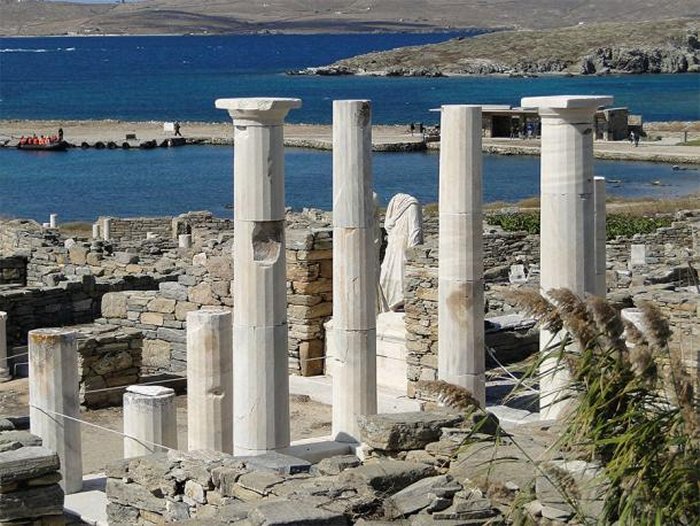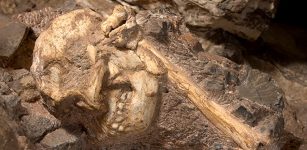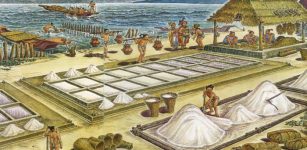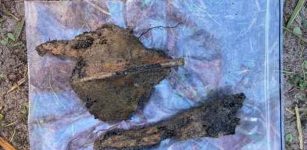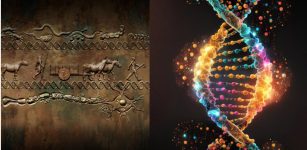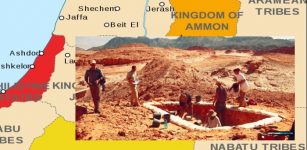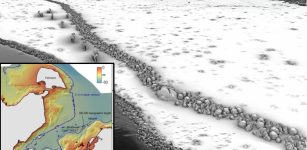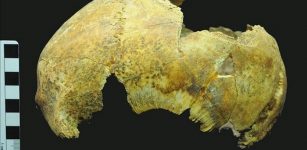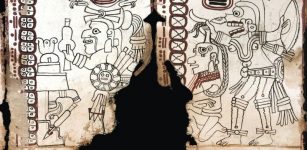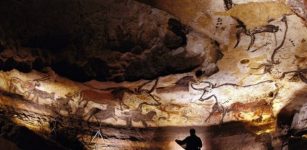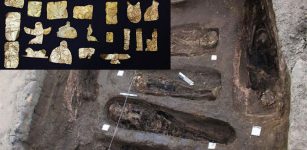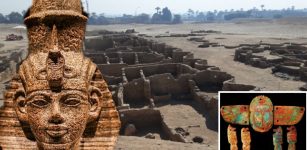Ancient DNA Reveals Origin Of First Bronze Age Civilizations In Europe
Conny Waters - AncientPages.com - Despite marked differences in burial customs, architecture, and art, the Minoan civilization in Crete, the Helladic civilization in mainland Greece and the Cycladic civilization in the Cycladic Islands, located in the middle of the Aegean Sea, were genetically similar during the Early Bronze age (5000 years ago).
In a new study according to the first study to sequence whole genomes gathered from ancient archaeological sites around the Aegean Sea, located between Europe's Balkan peninsula and Asia's Anatolia peninsula.
 The Cycladic Culture refers to the ancestral Greek culture of the Cycladic islands of the southern Aegean Sea, including the Neolithic (5200-3200 BC) and Early Bronze (3200-2100 BC) ages. The Cycladic culture includes the Minoan civilization.
The Cycladic Culture refers to the ancestral Greek culture of the Cycladic islands of the southern Aegean Sea, including the Neolithic (5200-3200 BC) and Early Bronze (3200-2100 BC) ages. The Cycladic culture includes the Minoan civilization.
The first civilizations to build monumental palaces and urban centers in Europe are more genetically the same or a similar kind, or nature than earlier expected.
The findings are important as they suggest that critical innovations such as the development of urban centers, metal use, and intensive trade made during the transition from the Neolithic to the Bronze Age were not just due to mass immigration from east of the Aegean as previously thought, but also from the cultural continuity of local Neolithic groups.
The study also finds that by the Middle Bronze Age (4000-4,600 years ago), individuals from the northern Aegean were considerably different compared to those in the Early Bronze Age. These individuals shared half their ancestry with people from the Pontic-Caspian steppe, a large geographic region stretching between the Danube and the Ural rivers and north of the Black Sea, and were highly similar to present-day Greeks.
The findings suggest that migration waves from herders from the Pontic-Caspian steppe, or populations north of the Aegean that bear Pontic-Caspian Steppe-like ancestry, shaped present-day Greece. These potential migration waves all predate the appearance of the earliest documented form of Greek, supporting theories explaining the emergence of Proto-Greek and the evolution of Indo-European languages in either Anatolia or the Pontic-Caspian Steppe region.
House of Cleopatra and Dioskourides in Delos, Greece. Image credit: Bernard Gagnon - CC BY-SA 3.0 )
The team took samples from well-preserved skeletal remains at archaeological sites. They sequenced six whole genomes, four from all three cultures during the Early Bronze Age and two from a Helladic culture during the Middle Bronze Age.
The researchers also sequenced the mitochondrial genomes from eleven other individuals from the Early Bronze Age. Sequencing whole genomes provided the researchers with enough data to perform demographic and statistical analyses on population histories.
Sequencing ancient genomes is a huge challenge, particularly due to the degradation of biological material and human contamination. A research team at the CNAG-CRG played an important role in overcoming this challenge through using machine learning.
"Taking an advantage that the number of samples and DNA quality we found is huge for this type of study, we have developed sophisticated machine learning tools to overcome challenges such as low depth of coverage, damage, and modern human contamination, opening the door for the application of artificial intelligence to palaeogenomics data," according to Oscar Lao, Head of the Population Genomics Group at the CNAG-CRG.
Skeleton of one of the two individuals who lived in the middle of the Bronze Age and whose complete genome was reconstructed and sequenced by the Lausanne team. It comes from the archaeological site of Elati-Logkas, in northern Greece. Image credit: Ephorate of Antiquities of Kozani, Hellenic Ministry of Culture, Greece. Courtesy of Dr. Georgia Karamitrou-Mentessidi.
Olga Dolgova, a postdoctoral researcher in the Population Genomics Group at the CNAG-CRG, added that "implementation of deep learning in demographic inference based on ancient samples allowed us to reconstruct ancestral relationships between ancient populations and reliably infer the amount and timing of massive migration events that marked the cultural transition from Neolithic to Bronze Age in Aegean."
The Bronze Age in Eurasia was marked by pivotal changes on the social, political, and economic levels, visible in the appearance of the first large urban centers and monumental palaces. The increasing economic and cultural exchange that developed during this time laid the groundwork for modern economic systems--including capitalism, long-distance political treaties, and a world trade economy.
Despite their importance for understanding the rise of European civilizations and the spread of Indo-European languages, the genetic origins of the peoples behind the Neolithic to Bronze Age transition and their contribution to the present-day Greek population remain controversial.
See also: More Archaeology News
Future studies could investigate whole genomes between the Mesolithic and Bronze Age in the Armenian and Caucasus to help further pinpoint the origins of migration into the Aegean, and to better integrate the genomic data with the existing archaeological and linguistic evidence.
The study has been published in the journal Cell.
Written by Conny Waters - AncientPages.com Staff Writer

